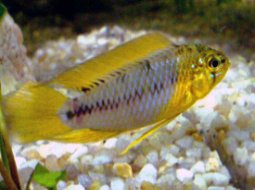
Loading Aqualapp ...
Care and Compatibility of Bleeding Heart Tetra - Hyphessobrycon erythrostigma
Introduction
The Hyphessobrycon erythrostigma, commonly known as the Bleeding Heart Tetra, is a species of tropical tetra found in the freshwater habitats of South America. Its name derives from the distinctive heart-shaped red spot on its body, which adds to its allure in the aquarium. They are small, peaceful fish, making them suitable for community tanks and popular among aquarium enthusiasts.
Behavior
Bleeding Heart Tetras are peaceful and sociable, making them suitable tankmates for other calm fish species. They enjoy swimming in schools and feel more secure when provided with adequate companionship. They are active and agile, exploring all areas of the aquarium. It is recommended to keep them in groups of at least six individuals to encourage their natural behavior.
Sexual Dimorphism
Sexual dimorphism in Hyphessobrycon erythrostigma is minimal and difficult to distinguish. Both sexes have a similar appearance, but during the breeding season, males may exhibit more intense colors and active courtship behaviors.
Reproduction
Breeding Bleeding Heart Tetras in the aquarium can be challenging, but it is possible to replicate their natural conditions. A specific breeding tank with soft, slightly acidic water is required, and providing fine plants or Java moss for them to deposit their eggs is beneficial. The parents do not actively care for the eggs and tend to eat them, so it is advisable to remove the eggs to a separate breeding tank if you wish to raise fry.
Aquarium Conditions
Hyphessobrycon erythrostigma, commonly known as the bleeding heart tetra, is a vibrant and peaceful fish that is ideal for community aquariums. It prefers a well-planted aquarium with open areas for swimming and exploring. Maintaining good water quality is important, as well as providing a shoal of companions.
Feeding
Bleeding Heart Tetras are omnivorous and accept a variety of foods in their diet. In the wild, they primarily feed on small insects, crustaceans, algae, and organic matter. In the aquarium, you can feed them commercial flake or pellet foods and supplement their diet with live or frozen foods such as mosquito larvae, daphnia, and brine shrimp. It is important to provide them with a balanced and varied diet to maintain their health and vibrant coloration.
Complexity
Caring for Hyphessobrycon erythrostigma is relatively easy. They are hardy fish that can survive in a variety of water conditions. They are omnivorous and accept a wide range of foods. However, they are sensitive to poor water quality and can be prone to diseases if not kept in a clean and stable environment.
In case you need more help, or if you want to know into any topic related to the Hyphessobrycon erythrostigma (Bleeding Heart Tetra) and even any other species you can use the forums to ask what you need.
To do an analysis more detailed about coexistence and behavior of Hyphessobrycon erythrostigma (Bleeding Heart Tetra) use the Aquarium simulation tool, if you do this you can test different ways to combine the Bleeding Heart Tetra with other fishes giving the dimensions and space on you aquarium, on this way you can known the optimal configuration for keep the fishes that you want.
You can also find out the 105 species compatible with the Hyphessobrycon erythrostigma (Bleeding Heart Tetra) can live together.
Note: The parameters of the water such as PH and temperature are also used to calculate the compatibility of the species.
Compatible species (105)
Compatible (84 Species)
Compatible without any restriction
Similar Sizes (9 Species)
Pueden convivir si son de tamaños similares, pero evidentemente el pez koi ira creciendo y llegara el momento en que podría caber por la boca del pez koi y comérselo.
They can coexist if they are the same size or very similar sizes, it does not work in all cases, there may be exceptions.
With Reservation (3 Species)
Compatible in some cases, it depends on the nature and personality of the fish.
Considerable size difference (2 Species)
They can coexist while they are similar in size or the size difference is not very abysmal, since as the fish grows it increases the chances of eating its partner that did not grow much.
Food competition (2 Species)
They can live together but you have to be careful since it is likely that the fastest fish will take all the food and leave nothing for their partners who are slow swimmers, so you have to make sure that everyone can eat.
Compatible if space is enough (5 Species)
They can coexist together if the aquarium they share is large and spacious enough for both species to feel good, as some fish may attack others to feel that they have little space and try to eliminate the competition.
Bleeding Heart Tetra
Hyphessobrycon erythrostigma
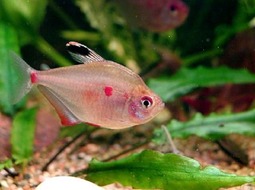
- Ph: 5 - 7
- Temperature (c°): 24 - 28
- Measures: 6 cm - 8cm
- Aquarium Capacity:
12 Liters - 3 Gallons - Alimentación: Omnivores
- Colores: Blue, Orange, Red
- Comportamiento: Active, Peaceful, Shoal
- Habitad: American
- Preferencias del Acuario: Natural plants
- Tamaño: Small
- Taxonomía: Fish
- Tipo de Agua: Sweet water, Tropical waters
- Velocidad de nado o movimiento: Normal
- Zona de Nado: Swim in the middle of the aquarium


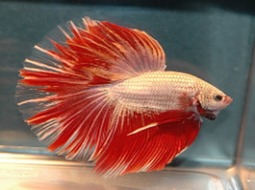

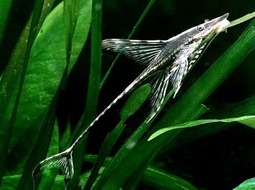
.jpg)
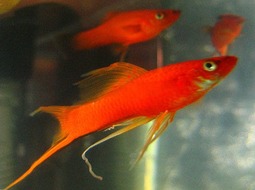
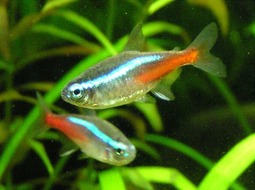
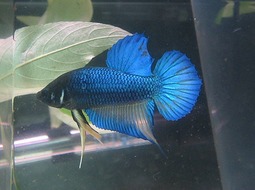




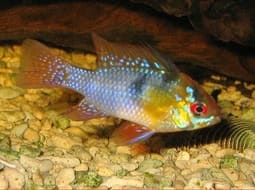

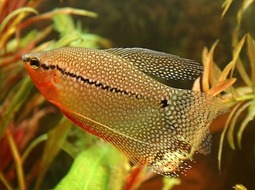


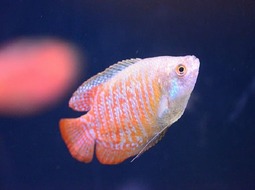


.jpg)

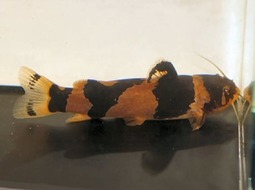


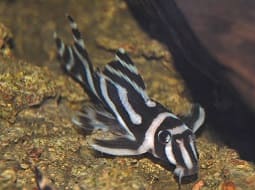
.jpg)






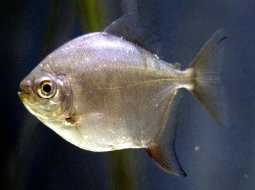
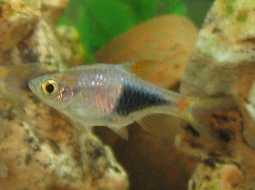
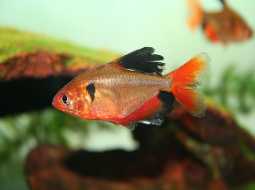

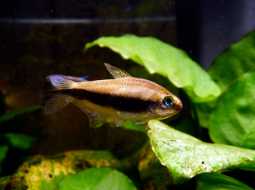
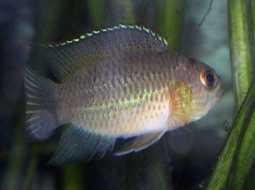
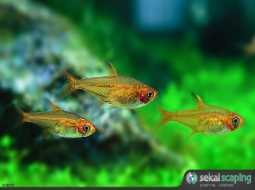
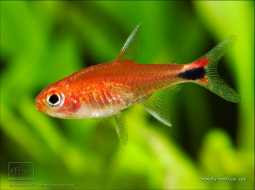
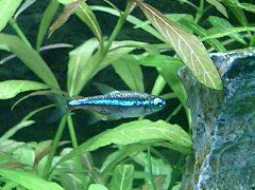
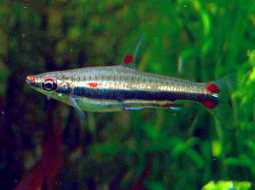
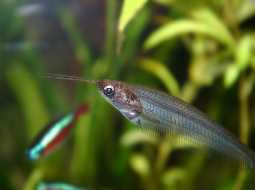


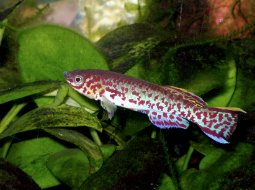
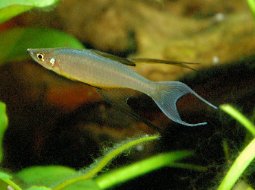
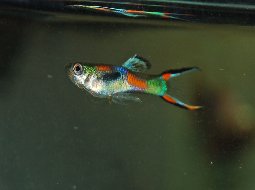
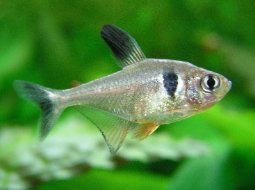

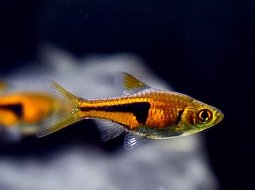





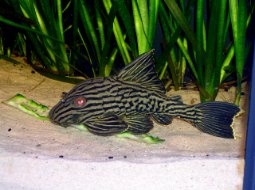

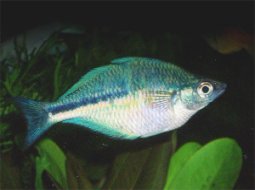





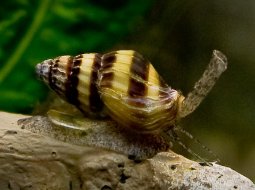



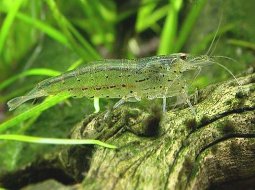
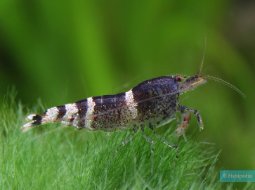
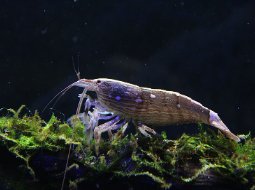




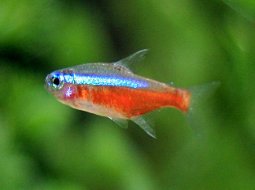
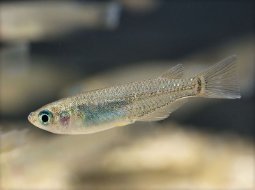

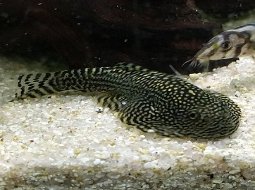

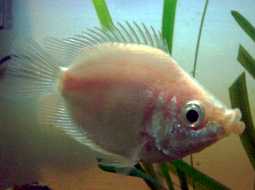
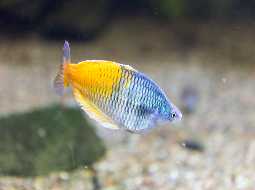

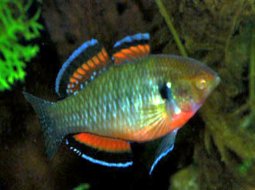

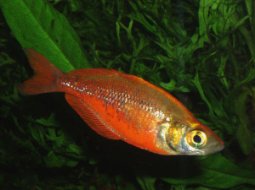


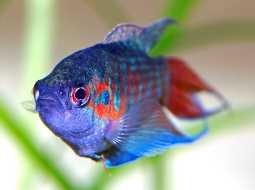


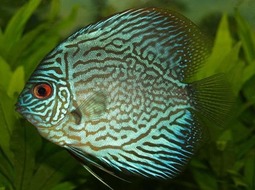
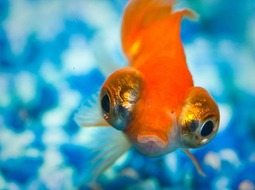
.jpg)


